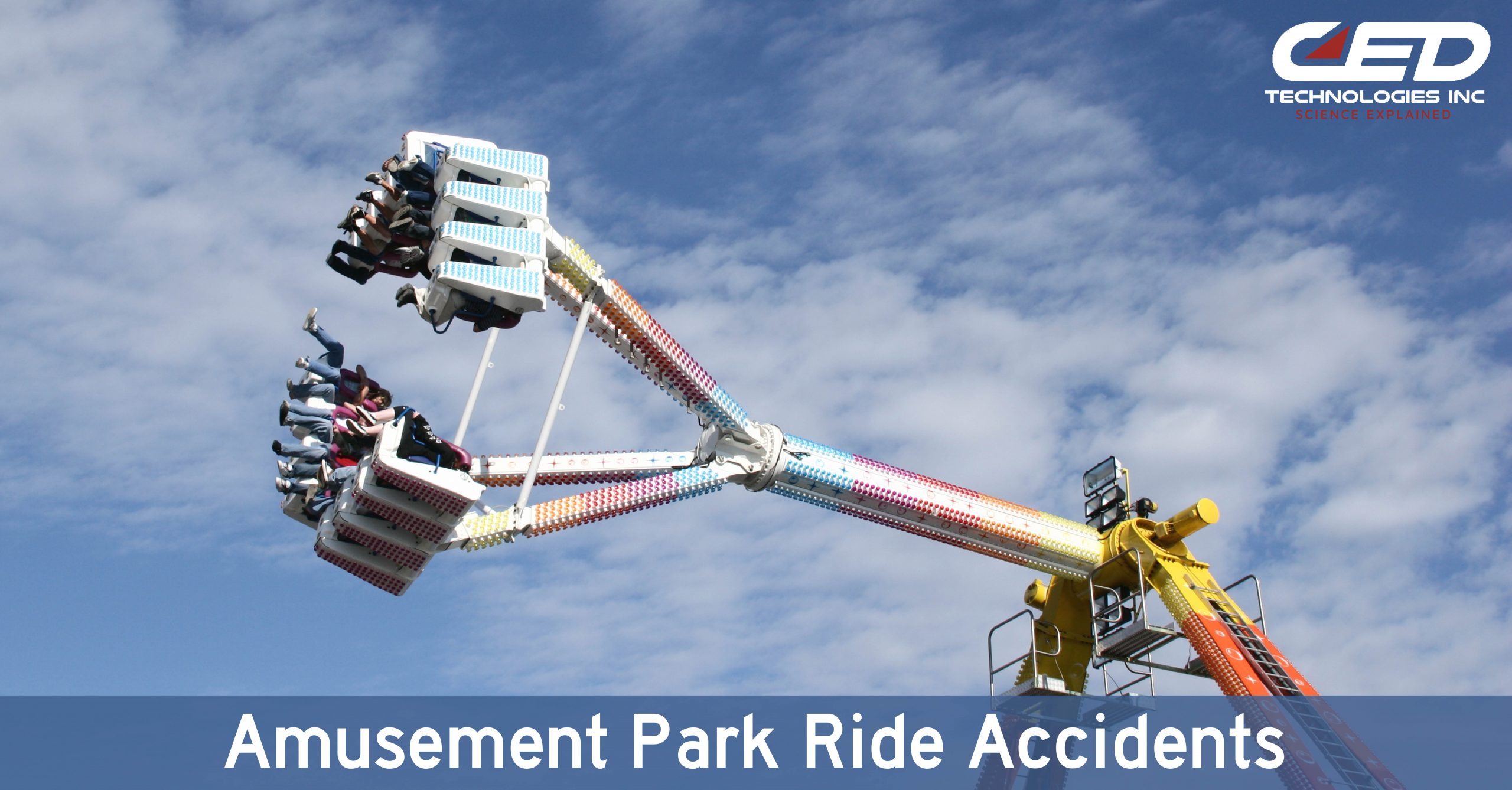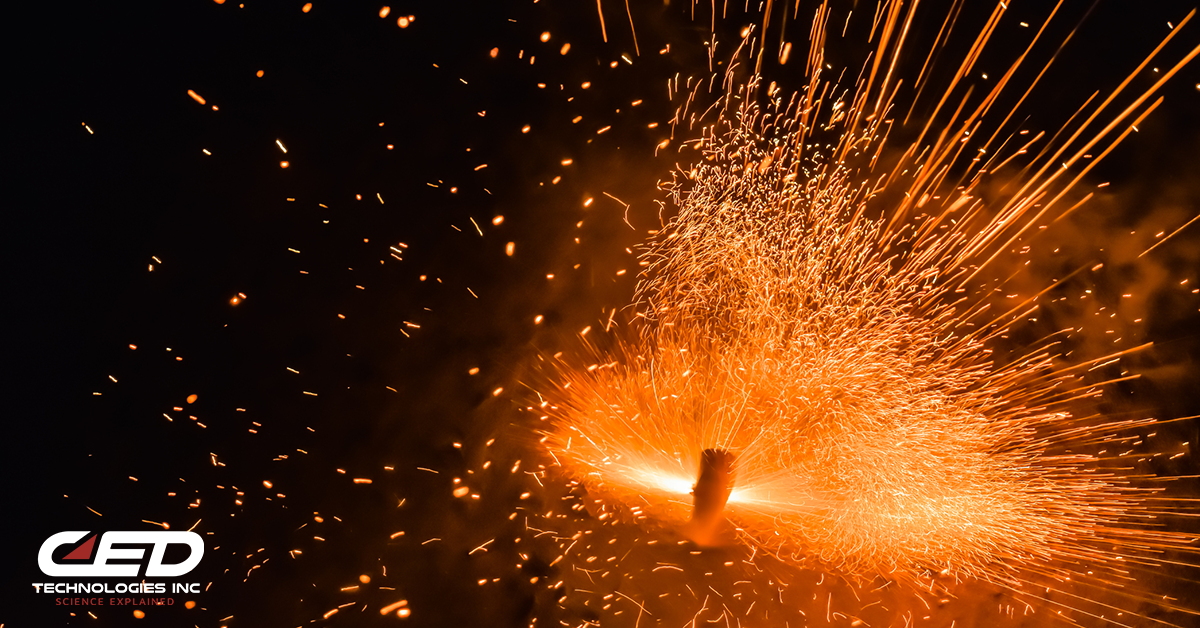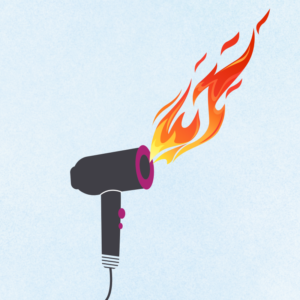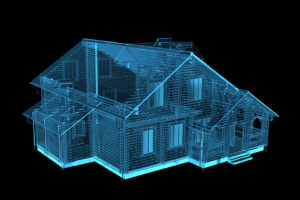People of all ages love the thrill of an amusement park ride: spinning, speeding, and twirling them high off the ground. But the fun could quickly turn to tragedy or fright. This summer amusement park rides in several states malfunctioned, with consequences ranging from parkgoers in Arizona being stranded on stalled roller coasters for hours before being rescued, a fatality on a water ride in Iowa, to a ride full of festival-goers near tip over in Michigan.
The Consumer Product Safety Commission (CPSC) reports that in 2017, emergency rooms saw 43,405 injuries associated with amusement attractions and rides, for both mobile, like traveling carnivals, and fixed-site parks, such as Six Flags.
According to CPSC, the top factors in amusement park injuries and fatalities are most frequently due to the following:
- Mechanical Failures: Mechanical failures can result from a manufacturing or design defect, or a lack of proper maintenance. Mechanical failures can lead to lap bars detaching mid-ride, restraint failures, a roller coaster car detaching, or a structural component failure.
- Improper Operation of the Ride: Ride operators can contribute to accidents by stopping the ride at the wrong times or incorrectly latching seatbelts or lap bars.
- Passenger Behavior: By misusing rides or failing to follow instructions, passengers can cause accidents that injure or kill themselves and others. Intentionally rocking a car, standing up mid-ride, unlatching safety restraints, sitting improperly, or holding a child above the safety restraint could result in serious accidents.
The number one failure, mechanical failure of machinery parts, can be caused by excess wear and tear on a ride that has not been properly inspected and maintained. A recent CED article explains that fatigue can occur when repeated stresses are applied that are less than the ultimate strength of the material. Fatigue fractures are progressive, beginning as microscopic cracks that grow with the application of repeated stresses.
Improper operation and passenger behavior are included within the umbrella of human factors. Studies show that between 70-90 percent of all accidents are the result of human error. These findings are misleading because the statistic does not reveal whether the accident was caused by a normal or predictable response from the human interacting with the product, according to CED.
For a thorough inspection of an amusement park ride loss or injury, the engineers at CED can discern the precise factors and failures which caused the accident. Contact us to review the causes of an accident, or submit your case request online.
Click Here To See Our Full List of Experts Click Here To Submit an Inquiry about a possible Claim or Case.






